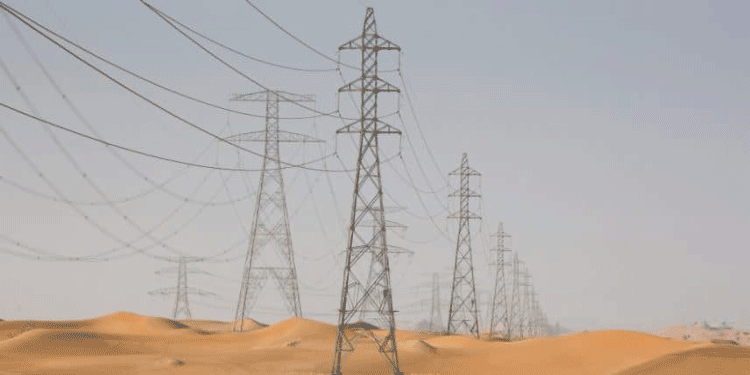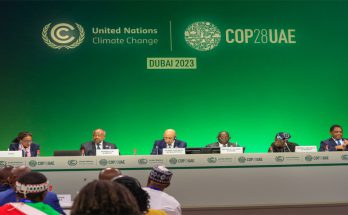 The Egyptian Electricity Transmission Company (EETC) has appointed a consortium of 2 companies for the Egypt-Saudi Arabia power interconnection project. Orascom Construction of Egypt and Hitachi ABB Power Grids, a company based in Zurich, Switzerland, will build the Egyptian portion of the future transmission infrastructure. Hitachi ABB Power Grids will handle the Saudi portion with SSEM.
The Egyptian Electricity Transmission Company (EETC) has appointed a consortium of 2 companies for the Egypt-Saudi Arabia power interconnection project. Orascom Construction of Egypt and Hitachi ABB Power Grids, a company based in Zurich, Switzerland, will build the Egyptian portion of the future transmission infrastructure. Hitachi ABB Power Grids will handle the Saudi portion with SSEM.
Egypt and Saudi Arabia are separated by more than 1,400 km of desert and sea. The complexity of this HVDC (High Voltage Direct Current) project for both countries and for the Middle East and North Africa (Mena) region is obvious. For the Egyptian part of the project, Orascom and Hitachi will build an HVDC converter station northeast of Cairo, as well as a transition station in Taba, Sinai.
Delivery of the First Part of the Works In 2024
The project will allow the exchange of 3,000 megawatt of 500 kV electricity between the countries, over 1,350 km by means of overhead power lines and a submarine cable crossing the Red Sea. The submarine cable is 20 km long and will be laid in the Gulf of Aqaba. “Electricity will be able to flow in several directions between 3 terminals, for example, from Tabuk to Badr, but also simultaneously from Tabuk to Medina,” explains Hitachi ABB Power Grids.
The future line will therefore run from Badr, east of Cairo, to Medina via Tabuk in Saudi Arabia. At each of these points, high voltage converter stations will be built, i.e. 2 in Saudi territory and one in Egypt. The 1st phase of the project, to be completed in year 2024, will build a line capable of exchanging 1,500 megawatt. The 2nd phase of the project will be delivered in year 2025.
A $1.8 Billion Investment
The signing of the agreement between the state-owned The Egyptian Electricity Transmission Company, Saudi Electricity Company and the Orascom Construction-Hitachi ABB Power Grids consortium comes Nine years after the agreement on the establishment of an electricity link between Egypt and Saudi Arabia. The project is also regional in scope as it will provide Egypt with access to the inter-connected power grids in the Persian Gulf and Saudi Arabia with access to those in North Africa.
The 2 countries have agreed that most of the electricity exchanged will be generated from renewable sources. And when it comes to clean energy, both countries have high ambitions. Egypt hopes to produce 42 per cent of its electricity from renewable sources by year 2035, including solar and wind power, which are currently being developed in the country. On the Saudi side, the authorities want to increase the share of renewable energy in the electricity mix to 50 per cent by year 2030, while relying on natural gas.
The electrical interconnection between the 2 countries will require an investment of 1.8 billion dollars. The work is being financed by the 2 countries’ public power companies, with loans from the Islamic Development Bank (, the Kuwait Fund for Arab Economic Development and the Arab Fund for Economic and Social Development.



